
Collection Indologie

Showing all 15 books
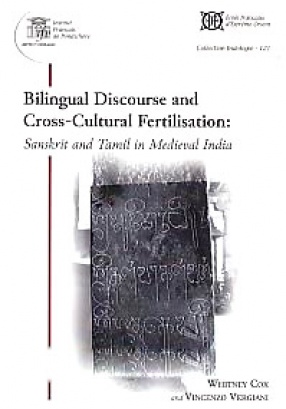
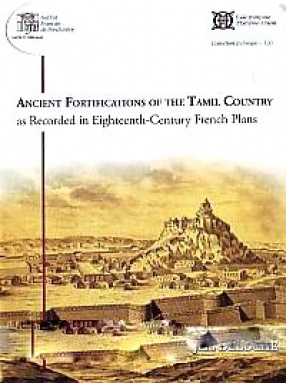

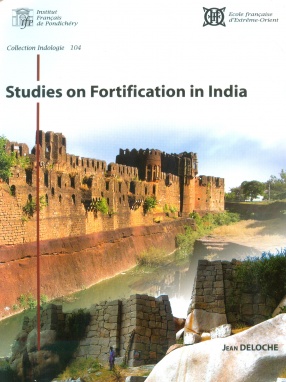

This volume is the fruit of the second workshop-cum-conference on the ‘Archaeology of Bhakti’, which took place from 31st July to 13th August 2013 in the Pondicherry Centre of the Ecole francaise d’Extreme-Orient. ‘Royal Bhakti, Local Bhakti’ was the topic of this scholarly encounter and is the central theme of the present volume, which attempts to clarify the roles of kings, local elites and devotional communities in the development ...
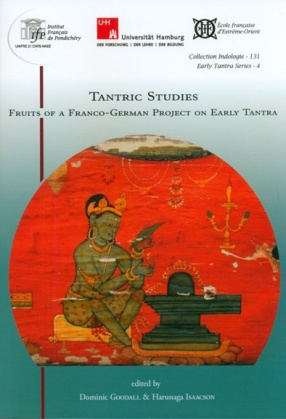
This compendium of eight papers, seeks to discover the interrelationships and common ritual syntax of the Saiva, Buddhist, Vaisnava and Saura traditions of Tantra, with a particular emphasis on the Buddhist Manjusriyamulakalpa and the Saiva Nisvasatattvasamhita.
It also throws light on the Saiva tattvas and their evolution, yogini-temples, alphabet-deities, an early treatise of snake-related magic, iconographic prescriptions in early pratisthatantras, the ...
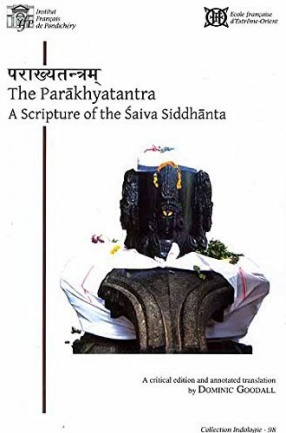
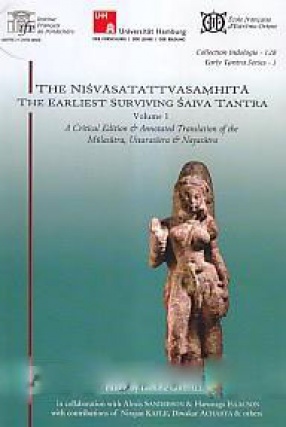
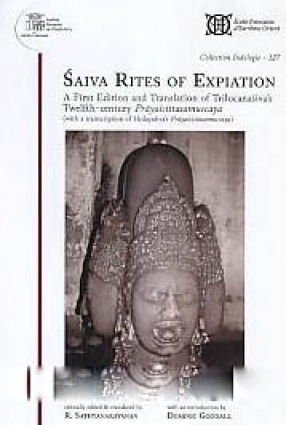
The book presents the translation of a South Indian compendium of Shaiva expiation rituals, Prayashchittasamucchaya, compiled by Trilochanashiva, a twelfth-century theologian celebrated for his Siddhantasaravali, a treatise on the Shaivasiddhanta that is traditionally studied today. Tracing the social developments within the Shaivasiddhanta that provide the context to the evolution of Shaiva reparatory rites, it particularly explains the meaning of prayashchitta, ...
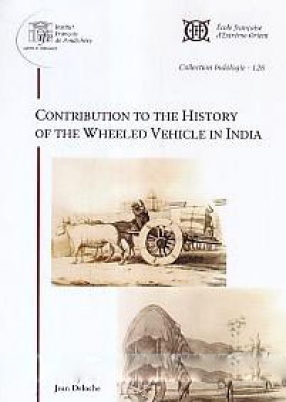
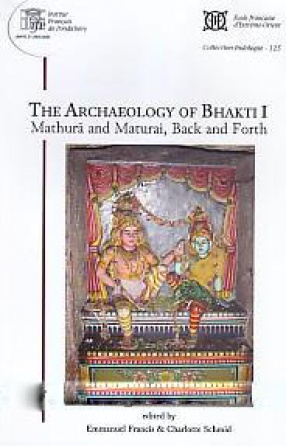
The outcome of a workshop cum conference, the volume examines the elusive, pan-Indian phenomenon of Bhakti taking into account different realms of representation such as texts and images including inscriptions that help to distinguish royal demonstrations of Bhakti from local manifestations. Referring to textual and non-textual sources, the essays by scholars explore the chronology of Bhakti across India. They view the complexities of the concept and practices of ...
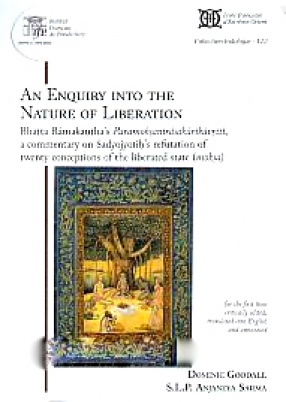
Ce livre présente un court traité philosophique qui expose et réfute vingt théories rivales de l'état de délivrance (mok.a), ainsi qu'un long commentaire discursif qui explore et développe les arguments avancés de manière explicite ou implicite par le traité. Ce traité d'origine com-prend cinquante-neuf stances rédigées par Sadyojyoti. (c. 675-725 de notre ère), qui ...

Cet ouvrage d'essais se propose de reconstruire les échanges, les réactions, les affinités et les ruptures qui se sont produits entre les univers culturels sanskrit et tamoul au cours de la période médiévale.

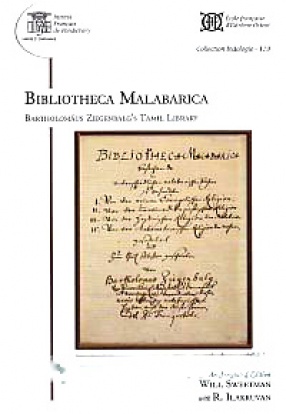
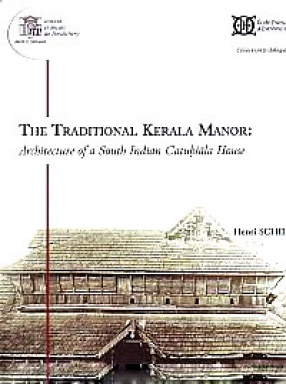
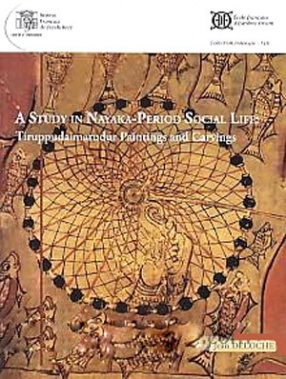
The carvings and paintings of Tiruppudaimarudur bring “flesh and blood” to the “dry bones” of the published histories of the Madurai Nayakas. In an extraordinarily lively manner, they show us the culture and socio-economic life of almost every part of society, from the king to the common man. They are, as it were, the photographs of the era!
The methodology followed in this book is almost entirely based on a careful and systematic analysis ...

Four Forts of the Deccan which presents four significant fortifications of South India, namely Daulatabad, Mudugal, Gandikota and Gutti, each of which furnishes evidence of the excellence of the military architecture developed in the Kingdoms of the Deccan between the 13th and the 18th centuries. The main purpose of this study is to analyse the building techniques in order to establish the typology of the works and to bring into focus a reliable method to ...

This book brings together essays on some prominent defensive works which have been constructed over many centuries across the Indian subcontinent, particularly South India.
The first chapter, on the Harappan period and early historic Indian sites, is based mainly on archaeological reports; all the other chapters, covering South India from the 3rd to the 18th century A.D., draw on the available historical material, both documentary and epigraphic, as well as on ...
